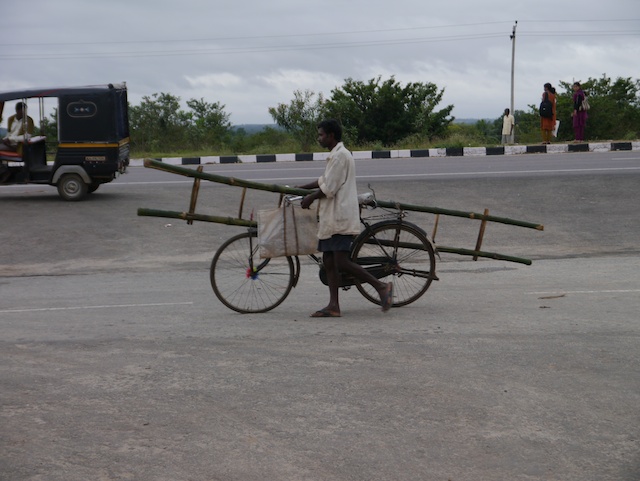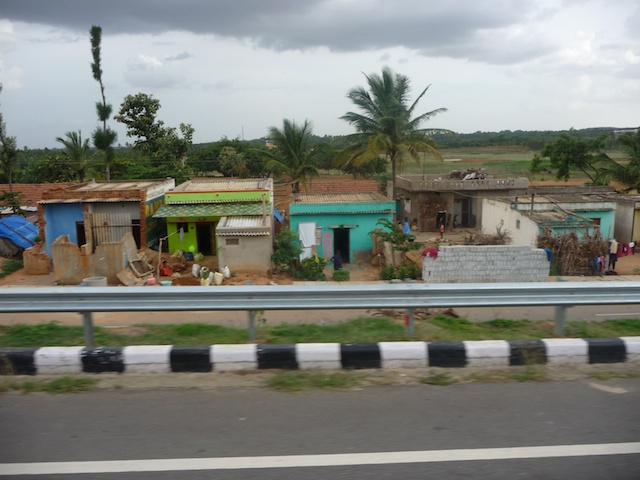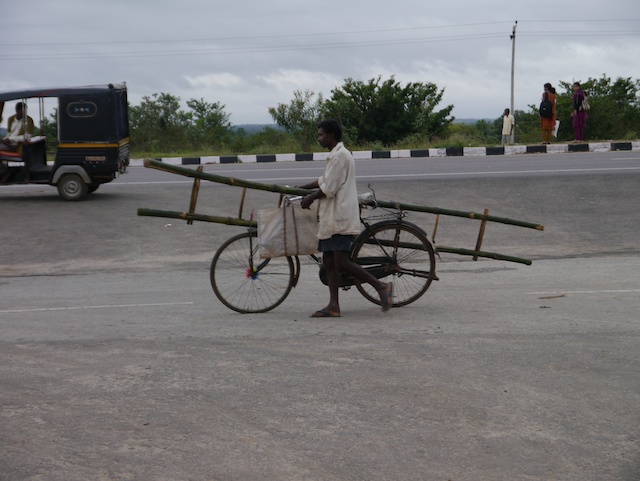Adichunchanagiri Hospital was constructed in the 1980’s and has close to three hundred beds. New construction and remodeling is going on at the present. It is a teaching hospital for nurses, doctors, dentists, and pharmacists who are training the the various schools of the adjoining Institute of Medical Science. Our team is housed in the guest quarters of the Institute.

There are park-like gardens that separate the hospital complex from the highway, and the courts within the hospital are planted with shrubs, trees, and lawns. On rare moments, monkeys may wander through. Outside placid feral dogs wander looking for scraps and scratching fleas. Uniformed guards armed with slender sticks are posted at the entrances, though it is not clear there is a need.
The region is experiencing a light monsoon season. The rainfall is below average. At over three thousand feet elevation on the Deccan Plateau the daytime temperatures are not oppressive even though we are halfway between the tropic of Cancer and the Equator: they run in the high 70’s to low 80’s.

There is a nearly constant flow of motorbikes, scooters and tuk-tuks (the little three-wheel cabs) carrying patients, families, and staff to an from the entrance. Out on the highway there is generally light traffic, mostly buses and trucks. This is the main route from Bengaluru to Mangalore on the western coast.
This is a rural setting and the local crops include sugar cane, coconuts, and rice. Herders tend flocks of goats and there are cows wandering along the roadside, sometimes grazing in the median strip of the divided highway. It is not unusual to see farmers with a pair of yoked cattle plowing a field. Housing is generally primitive: mud brick structures with corrugated metal or thatch roofs. However modest the home, there may well be a satellite TV antenna attached.
People tend to live outside, congregating at local shops and at bus stops. Many little shops sell soda, fruit juice and sweets.




